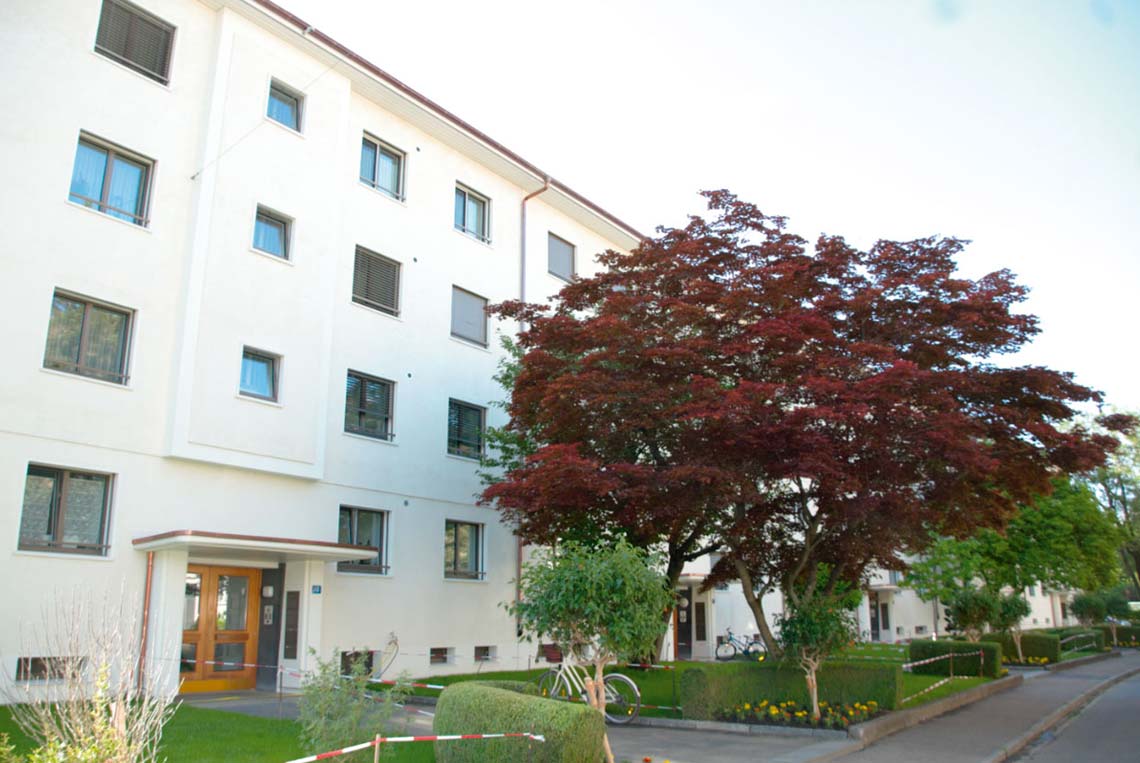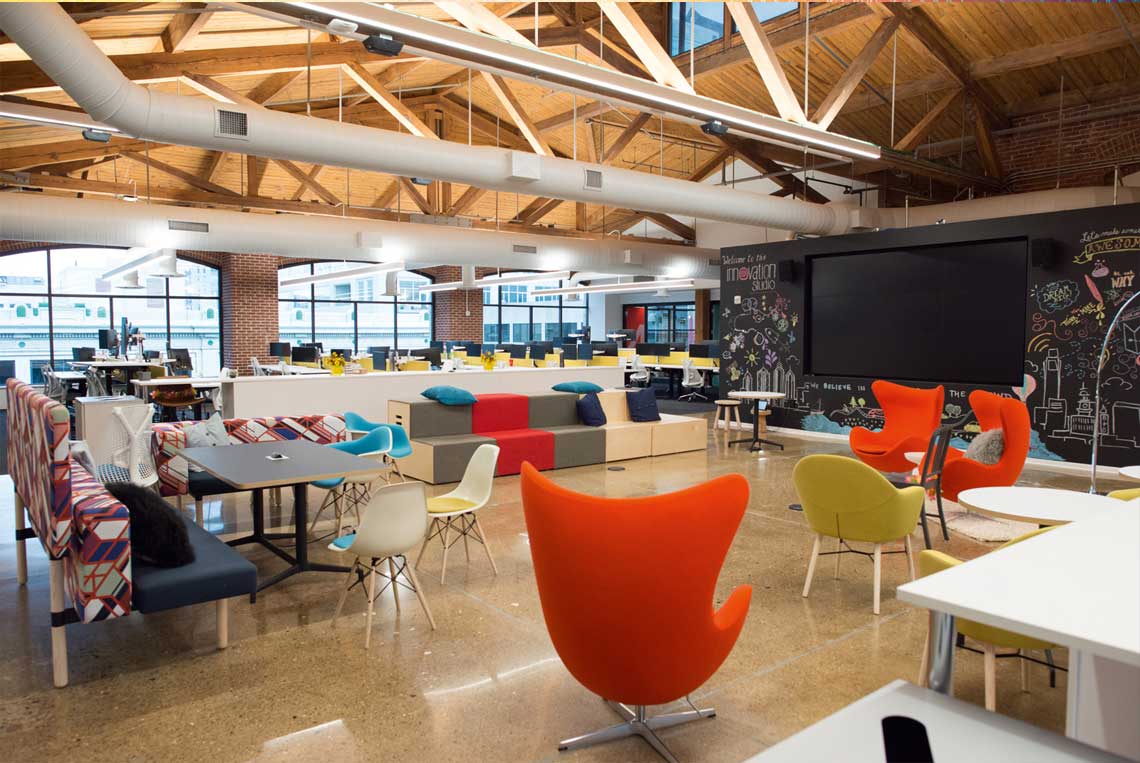Self-powered BLE beacons: the lighthouses of the IoT
Issue 02-2016:
read all articles online
read as pdf
Beacons are special transmitters that emit short wireless telegrams in the briefest possible time intervals – much like a lighthouse. The use of these transmitters has been growing rapidly for a number of years now. As the number of beacons in the Internet of Things (IoT) increases, so does the demand for self-powered, maintenance-free solutions.
Beacons are used primarily for localization i.e., to determine the position of a moving object. A typical application can be to display specific, position-dependent content. In this case, the user is offered certain information depending on his or her exact position, such as information on museum exhibits that can be accessed with a special application. This scenario employs several stationary beacons, and only the receiver moves around.
Beacons can also be used in asset tracking, thus enabling the position of mobile objects to be determined automatically. Examples include devices that need to be be deployed flexibly in different locations, such as mobile measuring instruments, projectors or medical devices (wheelchairs, infusion devices, respirators, etc.). This scenario implements multiple stationary receivers that pick up the signal from a mobile beacon.
Benefits of maintenance-free beacons
Beacons require an infrastructure with as many stationary transmitters or receivers as possible. This infrastructure can either be installed at targeted locations or be provided using existing devices. The latter option may be chosen, for example, if a BLE light control system is present, and each lamp has its own BLE transmitter and receiver.
To be able to use the beacons without complications, they should generally be very easy to install. It is usually not possible to lay power supply cables. however, the maintenance required for battery-powered solutions can be a problem, particularly in large installations. If beacons are used in environments with good lighting, self-powered, solar-based solutions should be considered to ensure reliable, problem-free operation.
Optimized use in BLE-based systems
Since beacons transmit very frequently, they require the use of an energy-optimized wireless protocol in order to maintain a long service life in devices without a continuous power supply. At the same time, the strength of the signal received should decrease significantly as the distance increases to ensure accurate positioning. The Bluetooth Low Energy (BLE) standard, which supports the energy-optimized transmission of short telegrams on the 2.4 GHz band, has therefore proven to be successful for these reasons.
First batteryless BLE beacons available as early as 2017 EnOcean GmbH is collaborating with several key customers on concepts for solar-powered BLE beacons in order to facilitate self-powered localization with additional sensor functions. These solutions are expected to be available in 2017.
New articles in EnOcean Insights
Top articles





